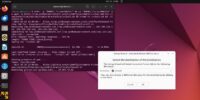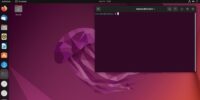
Linux
Learn Linux and get from a beginner to expert user with these Linux tutorials.


















































Learn Linux and get from a beginner to expert user with these Linux tutorials.

















































